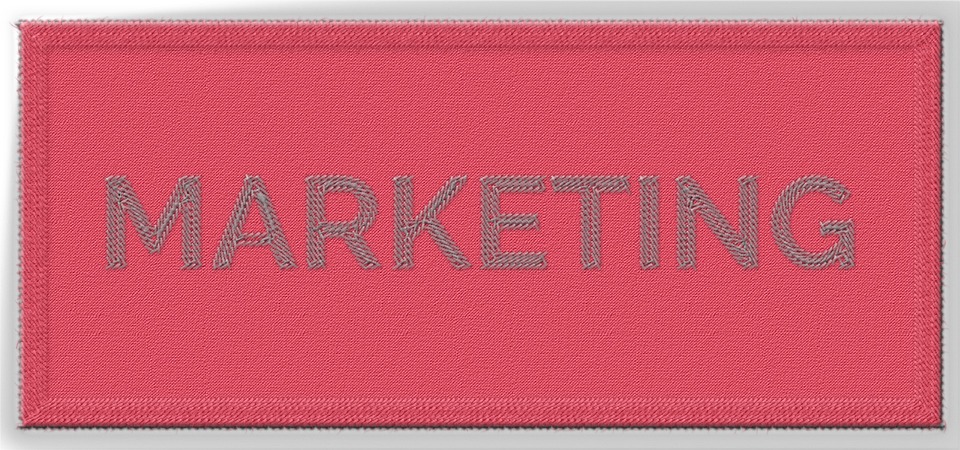Creating an Impressive Web Developer Portfolio: Tips and Examples
In today’s digital age, having a strong online presence is crucial for any professional, especially for web developers. A well-crafted portfolio not only showcases your skills and expertise but also serves as a powerful tool to attract potential clients or employers. In this article, we will explore some tips and examples to help you create an impressive web developer portfolio that stands out from the crowd.
1. Define your goals and target audience
Before diving into the portfolio creation process, it’s essential to define your goals and identify your target audience. Consider whether you aim to attract potential clients, employers, or both. Understanding your audience will help you tailor your portfolio to meet their expectations and needs.
2. Showcase your best work
Your portfolio is a reflection of your skills and capabilities as a web developer, so it’s important to showcase your best work. Select a range of projects that highlight different aspects of your expertise, such as responsive design, front-end development, or back-end programming. Be sure to include a variety of websites, applications, or projects that demonstrate your versatility and proficiency.
3. Provide detailed project descriptions
While presenting your work, don’t forget to provide detailed project descriptions. Explain your role in each project, the technologies used, and the challenges you faced. This information will give potential clients or employers a deeper understanding of your capabilities and how you approach different projects.
4. Include client testimonials
Client testimonials are a powerful way to build trust and credibility. If you have received positive feedback from clients, include them in your portfolio. Testimonials can reinforce your expertise and professionalism, giving potential clients or employers confidence in your abilities.
5. Highlight your technical skills
Web development is a technical field, so it’s important to highlight your technical skills in your portfolio. Create a separate section showcasing your proficiency in various programming languages, frameworks, libraries, and tools. This will reassure potential clients or employers that you possess the necessary skills to handle complex web development projects.
6. Keep it visually appealing
A visually appealing portfolio can make a lasting impression on visitors. Use high-quality images and screenshots of your work to showcase your projects. Pay attention to the layout, typography, and color scheme of your portfolio website. Keep it clean, organized, and easy to navigate. Remember, your portfolio is a representation of your design skills as well.
7. Provide links to live projects
Include links to live projects in your portfolio whenever possible. This allows potential clients or employers to explore your work firsthand. Make sure the links are active, and the projects are still accessible. This will not only demonstrate your skills but also provide evidence of your ability to deliver functional and user-friendly websites or applications.
8. Showcase your problem-solving abilities
Web development often involves solving complex problems. Use your portfolio to highlight your problem-solving abilities. Describe the challenges you faced in each project and how you overcame them. This will show potential clients or employers that you are not only a skilled developer but also a resourceful problem solver.
9. Include links to your social media profiles
In addition to your portfolio website, include links to your professional social media profiles such as LinkedIn or GitHub. This will allow potential clients or employers to further explore your work, connect with you, and get a better sense of your professional network and collaborations.
10. Keep it regularly updated
Finally, remember to keep your portfolio regularly updated. As you complete new projects or acquire new skills, add them to your portfolio. Remove outdated projects to ensure your portfolio remains relevant and showcases your latest accomplishments. Regularly updating your portfolio will demonstrate your commitment to staying up-to-date with industry trends and technologies.
Examples of Impressive Web Developer Portfolios:
1. John Smith – johnsmith.com
John Smith’s portfolio is a great example of a clean and visually appealing design. He showcases a variety of projects, including e-commerce websites, mobile applications, and custom WordPress themes. Each project is accompanied by a detailed description, showcasing his technical skills and problem-solving abilities.
2. Sarah Johnson – sarahjohnson.net
Sarah Johnson’s portfolio stands out with its creative and unique design. She uses interactive elements and animations to engage visitors. Sarah includes links to live projects, allowing potential clients or employers to explore her work firsthand. Her portfolio also features client testimonials, reinforcing her credibility and professionalism.
3. Alex Lee – alexlee.dev
Alex Lee’s portfolio is a testament to his versatility as a web developer. He includes a wide range of projects, from small business websites to complex web applications. His portfolio emphasizes his technical skills by providing a separate section highlighting the programming languages, frameworks, and tools he is proficient in. Alex also includes links to his social media profiles, showcasing his active participation in the web development community.
In conclusion, creating an impressive web developer portfolio requires careful planning, showcasing your best work, and tailoring it to meet the expectations of your target audience. By following these tips and drawing inspiration from the examples mentioned above, you can create a portfolio that effectively demonstrates your skills, expertise, and professionalism. Remember, your portfolio is a living document that should be regularly updated to reflect your latest accomplishments and keep up with industry trends.



